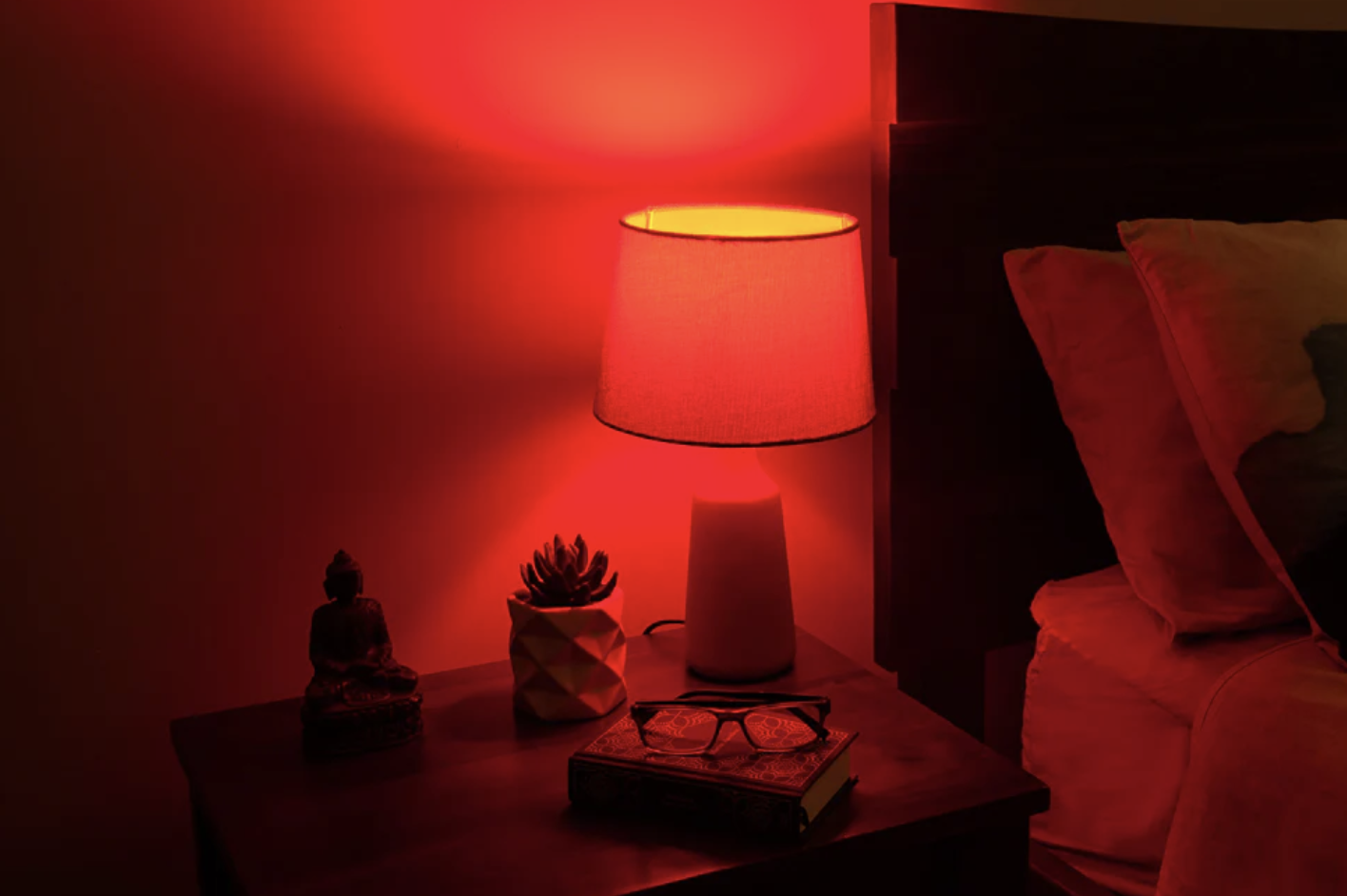Red Light Therapy and the Science of Sleep Quality
Quality sleep is a cornerstone of overall well-being, and the role of light in regulating our sleep cycles is crucial.
The advent of red light therapy, with its myriad benefits, has prompted an exploration of its potential impact on sleep, stress, and overall wellness. Below is the science behind how light influences our sleep and why red light emerges as a therapeutic choice.
The Circadian Rhythm and Light Influence:
Our circadian rhythm, often referred to as the body clock, orchestrates our sleep-wake cycles. Light, specifically in the visible blue spectral range, plays a pivotal role in signaling our brains about the time of day. Photons from sunlight activate ipRPG cells in our eyes, sensitive to blue light, signaling that it's daytime and prompting the release of hormones associated with wakefulness.
As the sun sets, the absence of blue and green light cues our body clock to produce melatonin, the sleep hormone. However, modern lifestyles with constant exposure to artificial lighting, especially blue and green hues, can disrupt our circadian rhythms, hindering optimal sleep.
The Melatonin Disruption Zone:
Scientific studies, including one by Brainard et al. in 2001, identify the melatonin disruption zone between 400nm and 550nm, encompassing visible blue and most of the green light spectrum. This research informs us that these colors can negatively impact the release of sleep hormones. On the other hand, red light, ranging from 600nm to 700nm, has shown no adverse effects on melatonin production, making it an ideal choice for sleep-related lighting.
Selecting the Appropriate Light for Quality Sleep:
For optimal sleep, red light emerges as the most suitable color, especially in the evening hours preceding bedtime. It is recommended to integrate red light sources into your surroundings after sunset to enhance sleep quality. Another effective measure is the use of blue-blocking glasses that filter out disruptive blue and green light during nighttime activities. Natural sources like beeswax candlelight, known for its warm and calming effect, have been employed for centuries to create a cozy atmosphere conducive to preparing for bedtime (always blow out before you go to sleep). Red light bulbs are also excellent alternatives for promoting a sleep-friendly environment.
The Nighttime Bathroom Dilemma:
Addressing the challenge of maintaining melatonin production during nighttime bathroom visits, red light emerges as a solution. Switching on regular LED lights emitting blue light can disrupt melatonin production, potentially leading to difficulties in falling back asleep. In contrast, using red light during these instances helps avoid melatonin suppression, promoting faster return to sleep. Red light bulbs or Himalayan salt lights work well to leave on in the hall way or bathroom.
In conclusion, red light therapy stands out as a valuable tool for promoting quality sleep. Opting for red light in the evening, combined with creating a dark sleep environment, aligns with scientific findings on circadian rhythms and melatonin production. For those aiming for complete darkness during sleep, a 100% blackout sleep mask is suggested.
It's crucial to note that individuals facing persistent sleep issues should seek medical advice from qualified professionals. Understanding the science of light's impact on sleep empowers individuals to make informed choices for improved sleep quality and overall well-being.

